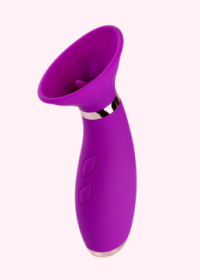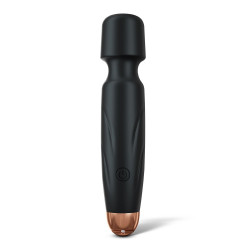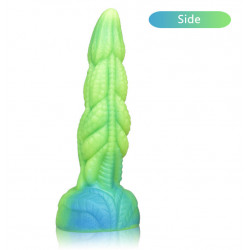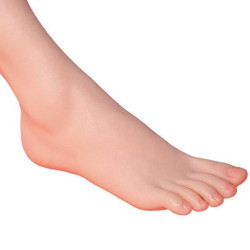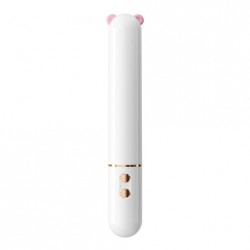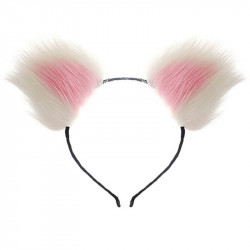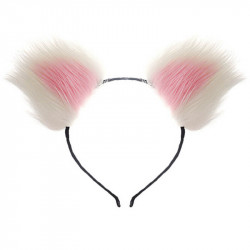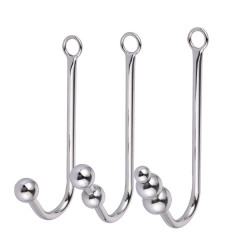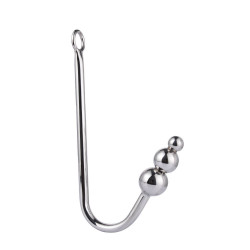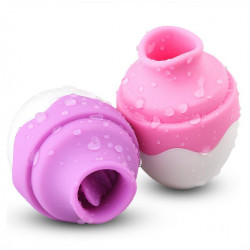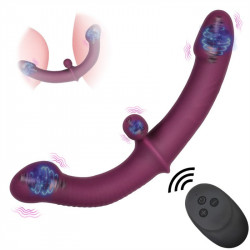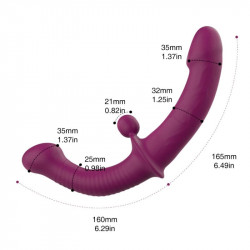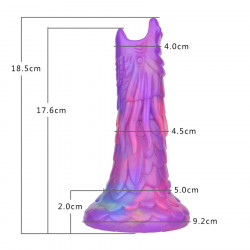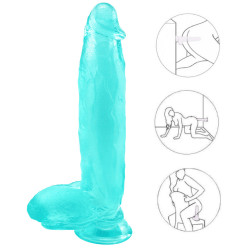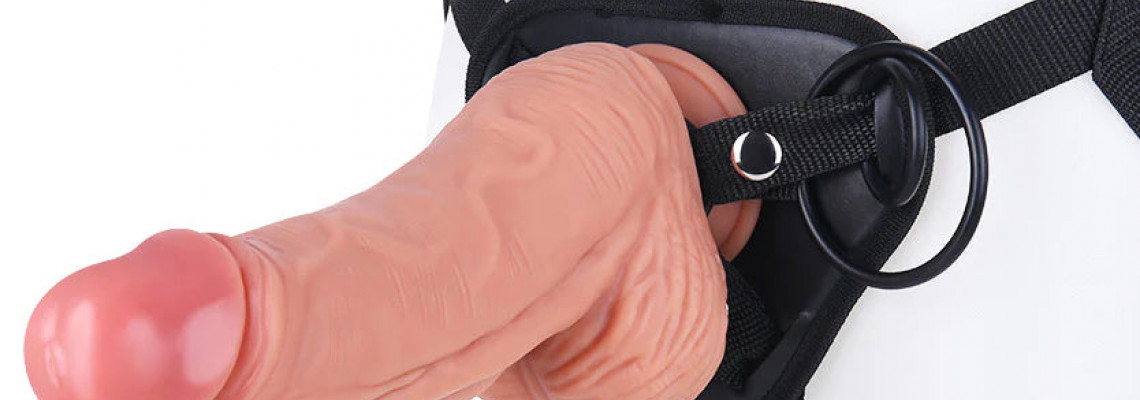
Caning
Caning is a type of BDSM impact play in which a person uses a cane to strike another person's body in an attempt to make them feel pain.
Caning has developed into a desired sexual action and works well in role-playing situations where corporal punishment might be used. Its roots are in the traditions of using caning lashes as a form of corporal punishment, which is still practiced in some jurisdictions.
Caning is not limited to any specific gender or sexual orientation; a wide range of impact play participants enjoy it.
Caning can be done alone or in conjunction with other activities such as dominance and submission, bondage, role-playing, power exchange, humiliation and punishment, and many more because it is included in the BDSM's category of kinks and fetishes.
Consent that is enthusiastic, continuous, and risk-aware is crucial for all forms of sexual engagement. Check-in frequently with your partner to ensure they are still interested in the scene and want to continue in the same direction. Create a safe word or action, follow it, and have a plan for what to do thereafter.
Impact play canes can be constructed from a range of synthetic and natural materials. Rattan, a plant found in palm trees, is the most prevalent natural material. Nylon and acrylic are used to make some kinds of synthetic canes.
The majority of canes are constructed from flexible materials that, when they approach the point of impact, produce a whipping sound. Although it is rare, some users prefer tougher materials, like metal. Despite what many people think, bamboo is not a suitable material for canes. It can injure people since it is brittle and quickly fractures and splinters.
Canes come in two general varieties that give off two different feelings. The intense, stinging sensation that thinner canes provide is more like that of a whip, and they are more likely to tear skin and inflict cuts. Thudding is a longer-lasting sensation that is more akin to using a paddle when employing thicker canes. The skin is more likely to sustain severe bruising from these strikes.
Not every portion of the body should be treated with canes. The buttocks and the meaty backs of the thighs are the best body portions for caning. There is little chance of either immediate or long-term harm in these places. Although they must be caned carefully, other parts like the inner thighs, palms, and soles of the feet can also provide a great deal of pleasure.
More About Caning
One standard BDSM action that can be done in a variety of ways is impact play. Because canes can cause serious harm if mishandled or by someone new to the sport, caning is regarded as an advanced form of hitting for pleasure.
In order to prepare for the possible pain that a cane may produce, people who are getting blows from one should also have experience with other types of impact play. A hyper-cautious, patient approach is strongly advised over diving straight in and swinging for the fences in a caning scene where one or both participants are new to using a cane, regardless of expertise level.
If you want to cane someone else, you need to learn how a cane works and comprehend the tactics. Canes move fast, have flex, and may cause real pain.
To obtain a sense of how a cane goes through the air and hits an item, try swinging it before selecting a new or first one. To try out alternative approaches, such as changing the point of impact, hitting with the tip, and swinging at varied speeds and intensities, find something else to practice on instead of a human. To obtain a sense of the discipline you will be providing, as well as to find out how much power is appropriate to start with and the feelings on different parts of your body, try it on yourself.
Of course, there is no substitute for the in-person experience with a partner, and an inanimate practice object cannot provide feedback. Check in with the individual you are playing with often to get their input on their experiences and to ensure they continue to agree enthusiastically.
Here's a little reminder—about the reminder. When experimenting with point of impact, keep in mind that if a cane's tip is not in contact with a person's body, it will continue to go forward. Because canes are flexible, the tip will continue to move and, depending on the impact's angle and speed, may strike the individual in a much more sensitive place.

